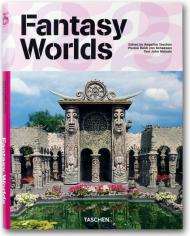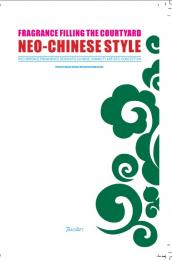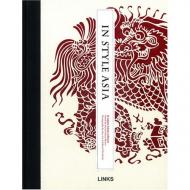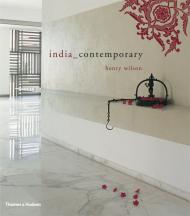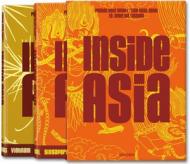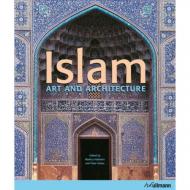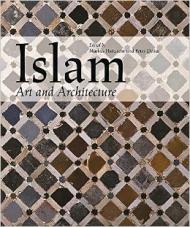ID:
7515
Contents:
Fragrance Filling the Courtyard·Spring Scenery Is Locked in a Small Boudoir
(Ancient and Unsophisticated Artistic Conception)
Understated and Undemonstrative Chinese Charm--Vanke Tangyue Club, Dongguan
Always Alluring Whether Adorned or Plain--Yueshang Xiangjiang Restaurant, Beijing
Chinese Characters Tell Chinese History--Jumeirah Himalayas Hotel, Shanghai
Caring for Mankind--Dunnan and Tianmu Restaurants of Eu Yan Sang · The Zun Express, Taiwan
New or Traditional, Highlighting Kunlun--Hotel Kunlun, Hohhot
...
Fragrance Filling the Courtyard·Summer Scenery
(Luxury Artistic Conception)
Beijing-style Mansion with Imperial Flavor--Imperial Mansion, Beijing
Splendid, Noble and Imperial Style--Guijie Shop of Go Believe, Beijing
Rich-flavor Restaurant--Wangshunge Pin · Wei Restaurant, Beijing
Splendid “Chinese Door”--Hilton, Beijing Capital Airport
Elegant & Understated Club--Sanming Club, Fuzhou
An Ideal Place Far away from the Noisy World--Showflat of Jinxiu Villa, Yichun, Jiangxi
Luxurious China Red Building in Foreign Land--Tse Yang, Qatar
Shimmering Ripples Revealing Luxury and Elegance--Yuleijinxiu Business Club, Dujiangyan, Sichuan
Magnificent Villa -- A Spiritual Belongingness for Oriental Elites--Showflat of Taihu Golf Villas, Suzhou
A Visual Treat of History--No.9 Seafood Restaurant, Tianjin
Attractive Sumptuousness--Zen5es in Westin, Tianjin
A Hotel in Orient and Has Infinite Charm --Raffles Tianjin
...
Fragrance Filling the Courtyard·Reputation Is as Slight as Snail’s Feelers
(Modern Zen Artistic Conception)
Picking up Lotus and Smiling Subtly to Brush off Dust--Showflat of Mengzeyuan, Changsha
Slow-paced Space Featuring Zen Atmosphere--Jipinhui Club, Fuzhou
Poetic Living--Reception Center of Tangqian Mingyue Villa, Fuzhou
Tea Aroma Making Sweet-scented Laurel Ashamed--Ming Shi Hui Tea Club, Fuzhou
Balance of Dynamic and Static Highlighting Zen Atmosphere--Taiwan Rice Sets of Cuisine, Fuzhou
Tasting Zen in Tea--Jingchangfang, Fuzhou
Fresh and Elegant Zen Space--Showflat of Meijia Oriental Holiday Villa, Maoshan
Light of Buddla, Fantastic--De' All Restaurant, Shanghai
Antithesis Continually Writing Legend --Phoenix Tea Club, Shijiazhuang
...
Fragrance Filling the Courtyard·Write in Wuxiang Mountain in Lishui
(Modern & Fashion Artistic Conception)
Poetic Charm of Blue and White Porcelain--Showflat of Landun Jingyuan, Zhuzhou, Hunan
Reconstruct the Space and Produce New Flavor--Sales Office of Sky City, Chengdu
New Interpretation of Traditional Concept--Blossom Seasons Hotel, Beijing
Carp Leaping Over the Dragon Gate--Feiteng Yuxiang Restaurant, The Place, Beijing
Fashion and low-keyed Oriental Flavor--Flat of Tianjunyunding, Fuzhou
New Interpretation of Traditional Flavor--Jingjie Villa, Nansha, Guangzhou
...
Fragrance Filling the Courtyard·Blooming Polygonum Orientale
(Leisure Resort Artistic Conception)
Graceful Southeast Asian Style--Sales Center of Foshan Lunjiao · Vanke (Phase I)
Leisure Elegance--Yuanyang Residence, Sanya
Singing Literate Elegance with Sea Breeze--Showflat of Narada Resort & Spa Perfumed Bay
Thick and Heavy Colors to Draw Jiangnan Water Town--Banyan Tree Hangzhou
Charming with Either Light or Heavy Makeup--Four Seasons Hotel Hangzhou
Relaxing and Cozy Holiday Style--Model Villa of C type, Global Migrant Bird Resort, Huizhou

